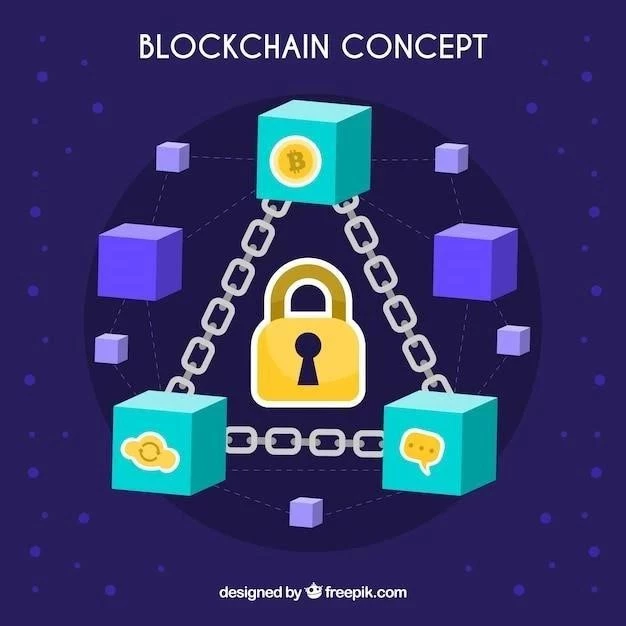Table content
\# The Actual Advancement of Blockchain Exists Within Its Restrictions
Please note: The perspectives voiced in this article belong exclusively to the writer and might not align with the perspectives
What are the consequences of this circumstance? The key inadequacies are itemized below:
* **Subpar User Involvement:** Moving resources from Ethereum (ETH) to Solana (SOL), Bitcoin (BTC), or Cosmos Hub (ATOM) resembles gathering IKEA furniture without guidelines – achievable, yet needlessly intricate. It should not be this troublesome!
* **Segregated Development:** Designers are making unbelievable applications, however many stay restricted to a solitary chain. The outcome? Restricted client base and absence of acknowledgment. It resembles having astonishing eateries that no one is familiar with on the grounds that they are concealed.
* **Dismembered Capital:** DeFi applications battle to work across chains, prompting divided capital. Clients face numerous obstacles (and wallets!) to finish basic exchanges. Thus, everybody adheres to the chains they know.
Consequently, the genuine issue is not just about scaling or overseeing the most noteworthy exchanges each second. It is about reconsidering a few key imperatives that characterize the fate of blockchain.
## The Central Imperative: Interoperability, Not Simply Execution
Starting around 2024, there are more than 120 Layer-1 blockchains and handfuls of Layer-2 arrangements. As per Electric Capital’s designer report, the quantity of dynamic designers across all blockchain projects developed by 60% in 2023, and new chains and arrangements keep on arising.
Each blockchain has its own agreement system, execution climate, and tokenomics, dominating inside its own storehouse. For instance, Ethereum utilizes the Ethereum Virtual Machine (EVM) and Solidity for shrewd agreement improvement, while Solana utilizes an alternate design utilizing dialects like Rust. This variety encourages development inside individual environments yet makes huge hindrances to consistent connection between chains.
Interoperability between chains with such key contrasts (in coding dialects, virtual machines, and execution standards) requires something beyond connecting resources. It is about making a widespread interpreter for blockchains.
Uniting various blockchains is definitely not an easy task. Current bridges can be considered as a temporary solution to a problem, they function for some time, but they are not a permanent solution. They guarantee smooth operation, but have disadvantages such as security vulnerabilities, low speed, and inconvenient processes.
Each time a programmer creates a cross-chain bridge or interoperability layer, they encounter obstacles:
* **Difficulties in languages:** Translation between different coding languages is difficult and prone to errors. In 2023, more than half of blockchain developers working on interoperability spent much more time struggling with cross-chain logic than creating ordinary applications.
* **Virtual Machine Compatibility:** Connecting different virtual machines causes a lot of problems. It’s not just about transferring tokens; it’s about ensuring that the logic behind decentralized applications works in different environments.
* **Security threats:** Cross-chain bridges are the main targets for hackers. In 2022 alone, more than \$1 billion was lost due to bridge exploits, which is a significant part of all stolen funds in the blockchain world. The more bridges are created, the more entry points hackers have. Kiyosaki: Global Economy Declining, Predicts Bitcoin at $200,000
We are building bridges, but they continue to collapse due to the architectural and technical problems involved. We need better solutions than wrapped tokens, liquidity hubs, and cross-chain messaging systems.
The intricacies of guaranteeing reliable cross-chain exchanges can bring about inflated costs for assurance, assessments, and continuous oversight. As a matter of fact, blockchain ventures presently spend a normal of $200,000 each year on savvy contract reviews and cybersecurity arrangements, up from just $50,000 two years prior.
Every one of these obstacles builds costs for engineers, eventually prompting a poor client experience because of higher gas charges, longer exchange times, and the possibility for disappointments or mistakes in cross-chain applications.
Thus, what’s in store? As Ethereum fellow benefactor Vitalik Buterin put it: “The fate of blockchains isn’t tied in with being awesome at one thing, however about being great at cooperating.”
## Another Model: Composability Constructs Interoperability
Interoperability is the main thrust that sets the foundation for composability.
Composability alludes to the ability of different blockchain parts, like savvy contracts, conventions, and applications, to connect consistently, empowering the making of more complicated and flexible functionalities. This particular methodology permits engineers to expand upon existing parts, cultivating development and proficiency. Toncoin (TON) Value Forecast for March 26th
With regards to blockchain interoperability, composability guarantees that dApps can work across various chains. For instance, DeFi applications can use liquidity pools from various blockchains, offering clients better rates and more decisions.
Since, eventually, a quick blockchain is futile in the event that it exists in disconnection.
This proclaims the development of an open parkway. MovieAI and EMC Unite to Supercharge Artificial Intelligence Advancement
**Davide Menegaldo** is the Main Business Official of Neon EVM. He has been at the front line of blockchain advancement since late 2013. With 10 years of involvement with the blockchain and digital currency space, his areas of interest incorporate web3, DeFi, marking, and NFTs.
In 2015, David started his business journey, creating his initial startup with the goal of assisting global philanthropic societies in receiving Bitcoin contributions. As a genuine devotee, he is likewise intensely engaged with the group, regularly going to Bitcoin gatherings and crypto summits all over Europe. David became a member of Neon Labs in 2023, where he is responsible for commercial and corporate expansion. He is committed to powering the expansion of Neon EVM, leading the formation of groundbreaking business paths, building vital alliances, and advancing the advancement of the Solana and Ethereum blockchain platforms.


